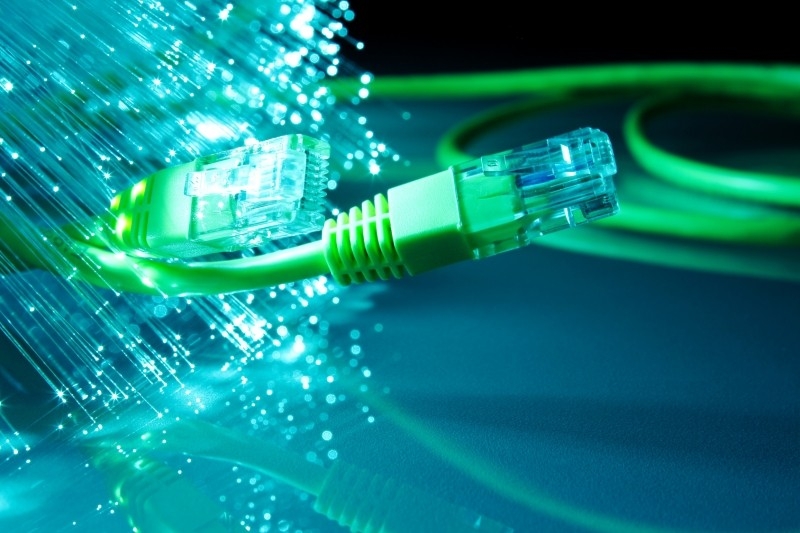In early 2011, the global Internet Assigned Numbers Authority (IANA) set aside the remaining blocks of IPv4 address space for the five North American Internet registries to use. Since that time, we've been hearing forecast after forecast predicting precisely when the bank of IPv4 addresses would dry up.
This past May, for example, the American Registry for Internet Numbers (ARIN) revealed that there were only 3.4 million addresses left for the region and that they expected them to all be spoken for sometime this summer.
ARIN missed the summer target period but not by much: we're now officially out of IPv4 addresses (yes, for real this time).
Pioneers of the Internet created the IPv4 specification and its 4.3 billion unique addresses way back in 1981. At that time, it seemed improbable that we'd ever deplete that many addresses but then again, few had the insight to recognize just how profound an impact the Internet would have on our future.
The most recent version of the Internet Protocol - IPv6 - was approved in 1998 although adoption has been relatively slow up to this point. Running out of addresses this time around legitimately shouldn't be a concern, even as we stare down an IoT future.
IPv6 addresses are 128 bits long which increase the number of available addresses to 340 undecillion (that's the number 340 followed by 36 zeroes). Just how big of a number is that? As it turns out, that's enough to supply every single atom on our planet with its own IP address.
